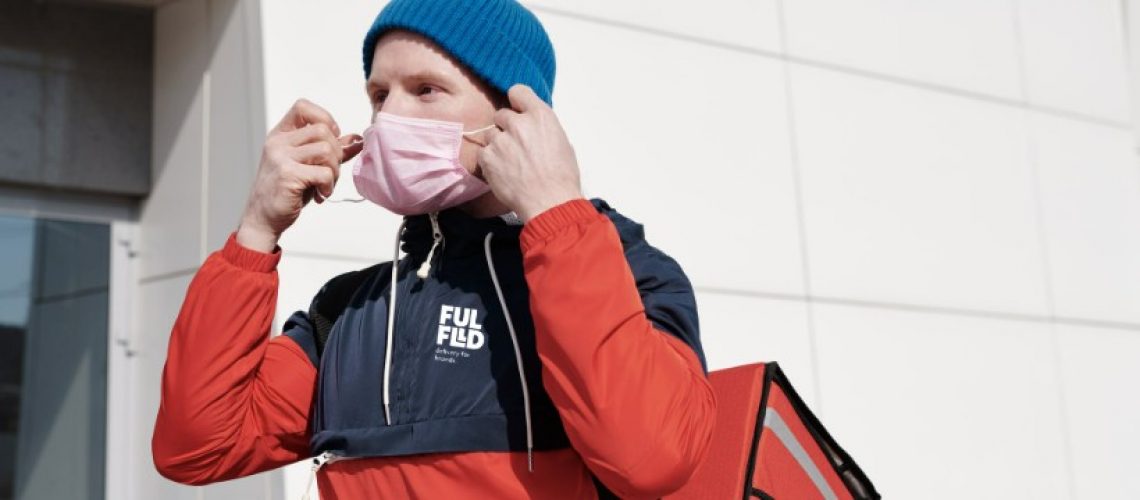As we continue learning how to balance safety regulations for COVID-19 with the slow return to normal for the majority of businesses, the health and safety of last mile delivery drivers continues to be critical to the supply chain process. Last mile delivery is arguably the most important stage of this process, as it is also the most public-facing stage. Ensuring drivers are able to continue performing their duties is essential to maintaining normal business operations, especially in the wake of increased order volumes due to the pandemic.
Keep in mind, topics such as safety measures and which ones are or aren’t appropriate (or effective) can be controversial. As such, it may be necessary to speak carefully when discussing such issues with your chosen delivery service. Try to remain focused on common ground: both you and the delivery service surely want to make the drivers and customers feel as comfortable as possible and avoid operational downtime due to employee illness.
Safety Measures for Last Mile Delivery Drivers
For companies that own their own last mile delivery fleets, implementing safety protocols for drivers is a fairly straightforward task, though there may be some logistical finagling. But for businesses that use a last mile delivery service (i.e., they rent out delivery trucks and drivers), this process can be a bit more complicated. But, as with many obstacles, a great deal can be solved with straightforward communication.
Consult with the last mile delivery service you use and ask about what safety measures they are implementing or have implemented based on federal and state regulations/ recommendations. Based on their answers, you can also ask them to expand safety measures in order to make your own customer base feel more secure.
Some basic safety measures can include:
- Delivery Options – Ask drivers what delivery type they are most comfortable with: regular delivery, no-contact delivery, or limited contact delivery. This can be as simple as letting drivers drop off a package and stand six feet away to confirm receipt.
- Sanitation Measures – Inquire as to how often the delivery trucks are cleaned/ sanitized, if any of the packages are sanitized before or after being loaded onto the truck, and if the drivers have access to materials such as hand sanitizer.
- Protective Equipment – Though masks can be a controversial protection measure, it may be worth requesting that drivers wear them when delivering packages face-to-face. This has the dual effect of protecting both the customer and your drivers.
- Health Checks – Requesting that drivers complete basic health checks, such as a temperature check prior to beginning their shift, can help reduce the spread of COVID-19 and its variants, protecting the bulk of the delivery driver workforce.
There are also other measures that each specific last mile delivery service may choose to implement. Alternatively, there are certain safety measures that services may choose to relax or get rid of altogether. If you are unsatisfied with the current level of protections offered to drivers, discuss this with the delivery service to see what else can be done, if anything.



